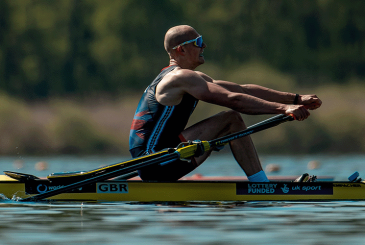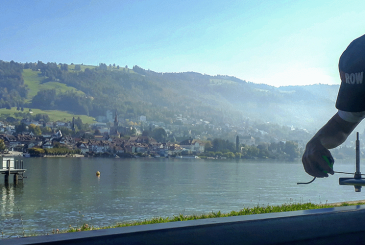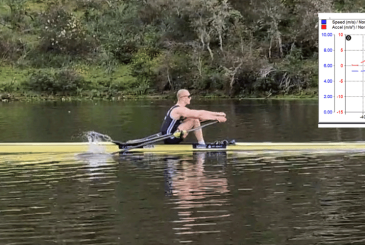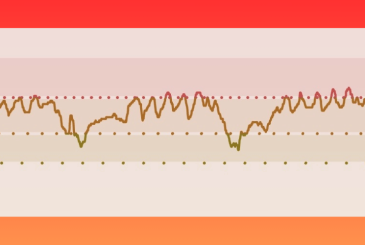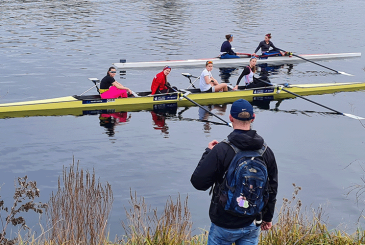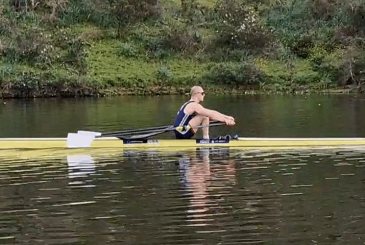Individualised training has been a hot topic amongst coaches since the dawn of time. The concept is a simple one, says Nick Baker, Head Coach on the Paralympic Programme, understand each athlete’s needs in as much detail as possible across all areas of the training programme and tailor volume, intensity, focus, session type etc. to their exact developmental needs.
The challenge to this idealistic view is that successful programmes often rely on factors such as group atmosphere, logistics, coach – athlete ratios, access to equipment and the ability to compare data when making selection decisions and so on. This article is an insight into how I approach ‘individualising’ the core training programme to athletes in the Paralympic programme whilst still maintaining the sense of group and feasible logistics.
1. Assess the athletes needs against your/their goals
Before you make any decisions to manipulate a programme for an individual you need to ensure you understand where the gaps in their athletic profile are against the optimal for the sport of rowing. You will likely have benchmark standards that you strive for across all the areas of the programme and gather data from the sessions you complete. It’s a good idea to try and sit with each athlete 2-3 times a year and work through all areas of the programme highlighting strengths and areas for development which can then inform how you manipulate the training to their individual needs.
This is also an opportunity to talk athletes through why the standards sit where they do and generate buy in to developing the areas furthest away from the targets. Group tests in the gym, on the ergo or on the water are great opportunities to drive the group dynamic regardless of whether or not everyone is doing exactly the same testing – try to split groups into chunks who share the role of performing the test and supporting those testing.
2. Manipulate the intra-session volume, intensity and specificity
This is a simple one as it requires no change to the programme as set. Depending on the physical, technical and psychological qualities you have highlighted as key areas for development to the boat or athlete you are working with you can alter the mileage, loads, exercises and specific workload within the sessions.
For example, for a more experienced and technically proficient athlete you might prescribe a continuous 16k paddle with set speeds to achieve and a maximum turn time to ensure they stay in the correct training zone for the entire session. For an athlete with a shorter training history who is still developing their technique and structural resilience you might look to prescribe a session time only. Within that time slot in blocks of technical exercises amongst the blocks of steady paddling to build a training base safely whilst they develop technically and build a physiology capable of higher training loads.
All athletes are built differently and that doesn’t change when preparing for maximal performances
Consider another example in the weights room where it’s typically much easier to target specific needs: Working with an athlete who presents as an extreme ectomorph and struggles to put on lean mass you could look to change the concentric-eccentric ratio to drive more time under tension, you could target more eccentric only lifting and you could look to increase the number of sets and reps across the session to drive a growth response. Support this with some tailored nutritional advice in the immediate aftermath of the session and you are doing all you can to drive the development of lean muscle mass in key areas.
If, however you are working with a rapid responder you may look to reduce the number of sets, sessions and or reps, focus on developing strength in key areas that support technical development in the boat, focus purely on speed and quality of movement in key lifts or build synergistic strength around key joints to ensure safe power transfer throughout the rest of the training programme.
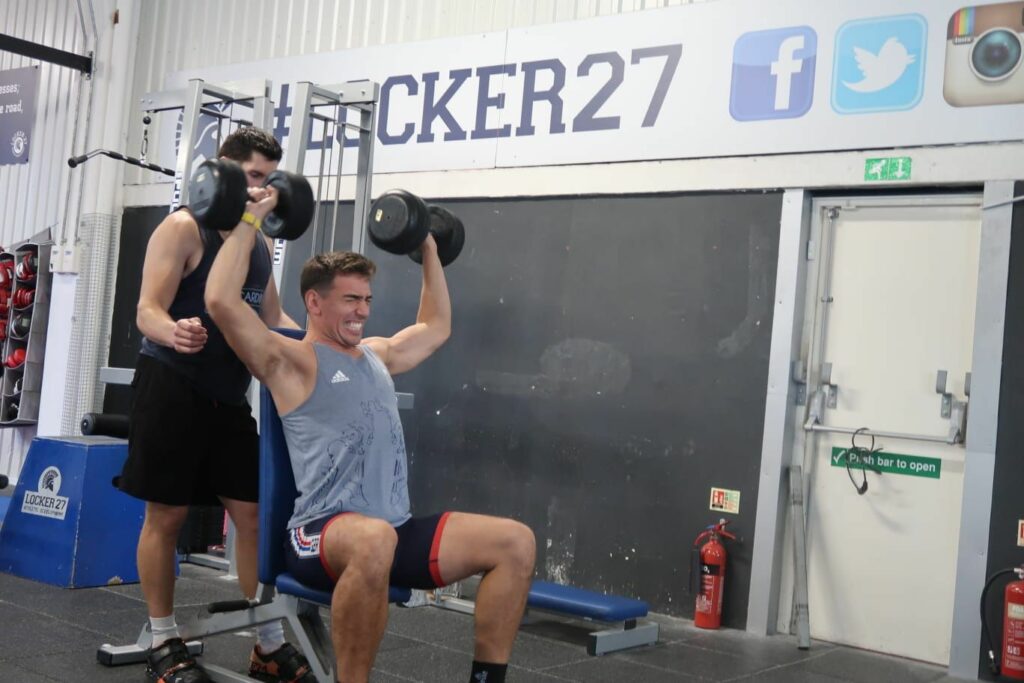
3. Individualise the approach to key performances
All athletes are built differently and that doesn’t change when preparing for maximal performances. If you have the capacity to individualise any part of your programme the final preparatory period before a major performance is essential in my eyes.
Consider if the athlete requires early performance planning with you before they become more reserved and introverted leading into the big delivery? Do they benefit from a particular type of preparatory exercise in the gym before heading out to row e.g., med ball slams or specific mobility exercises? In crew boat settings what information do you chose to deliver to the whole group and how can you then use a one-to-one setting to build confidence in individual skills that can be exploited during big performances.
There may be specific nutritional tactics that benefit athletes such as nitrate loading, carb loading or particular meals that create minimal stress on the digestive system in the lead into a big performance.
Even the smallest change to an athlete’s programme can make a big difference
Some athletes benefit from keeping the training load high until the last possible moment whilst others benefit from reducing volume and increasing intensity. In crew boat settings this can clearly only be manipulated in land-based sessions around crew training.
4. Build a selfless, supportive and highly motivated training group
Individualising training is at its most simple if the group accept that everyone will have slightly different needs from a programme to get the best from themselves. Challenge any comparative behaviour between teammates and build trust in the decision making through clear communication/explanation to the group at all times. Create environments as often as possible where the group can split between performers and supporters to drive the supportive atmosphere key to strong teams.
Bring as much energy and motivation as possible from a coaching perspective – a purposeful and fun atmosphere will override almost any complaining about who’s doing what especially if good behaviour, personal development and performing when it matters is consistently rewarded.
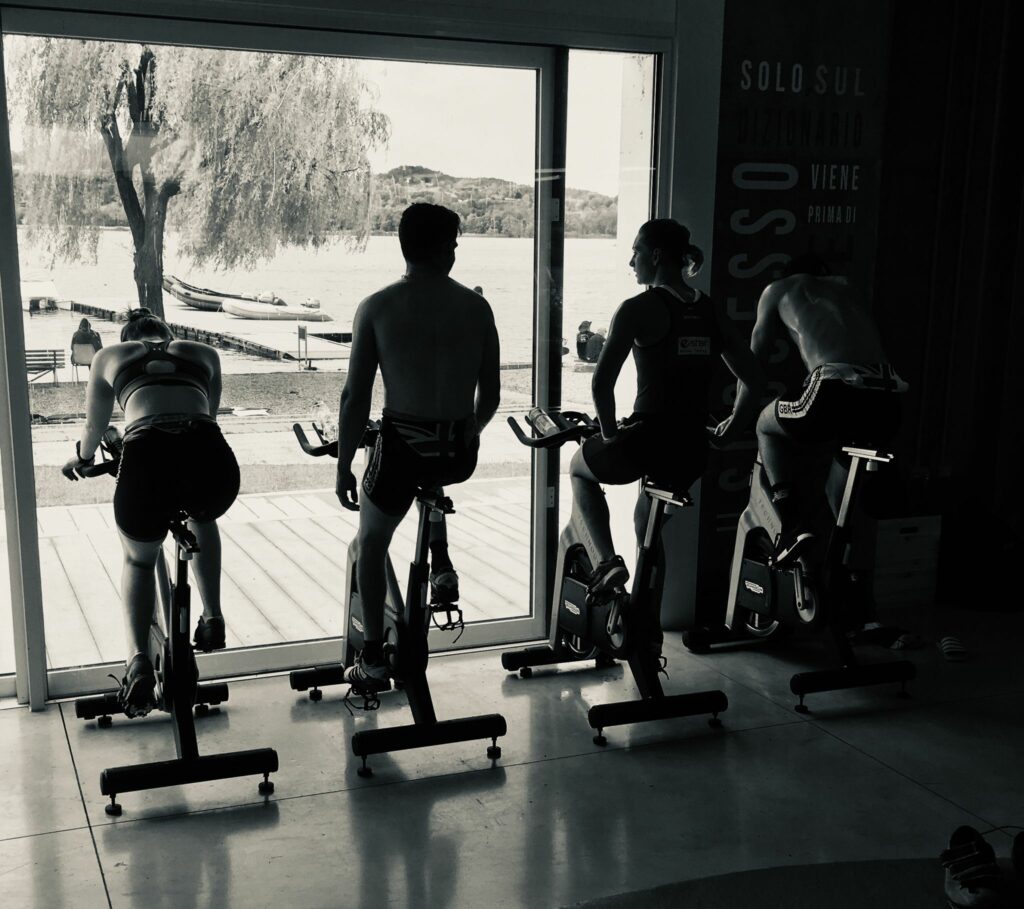
The great thing about individualised training is that it operates on a continuum that relates directly to how much time, energy and resource you have to work with. Even the smallest change to an athlete’s programme can make a big difference if it’s prescribed to tackle a specific performance need and it doesn’t always disrupt the momentum of the bigger team around them if done wisely.
Sometimes just the simple act of reviewing an athlete against all of your performance targets can ignite the creativity needed to squeeze the most from their talent.



